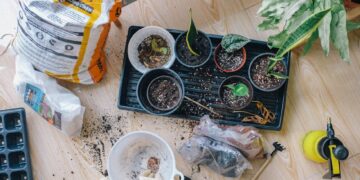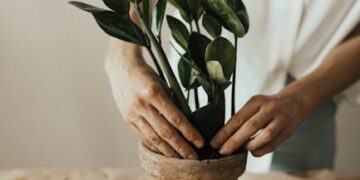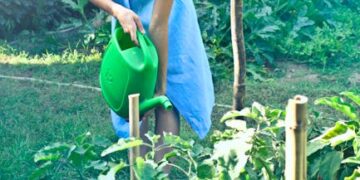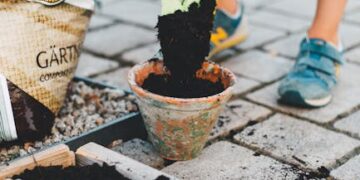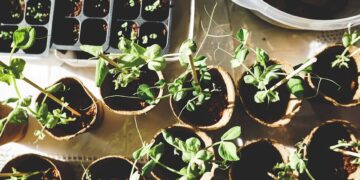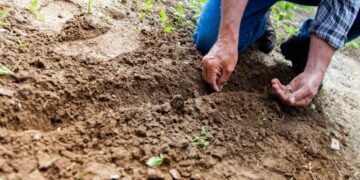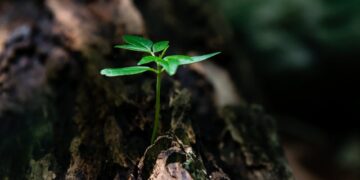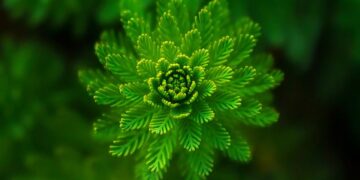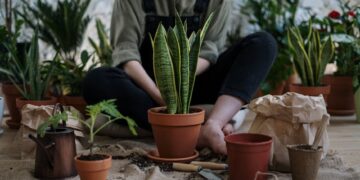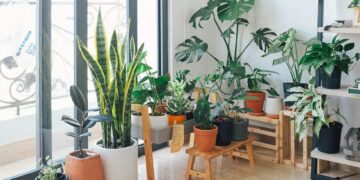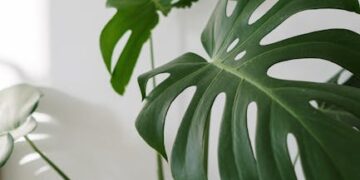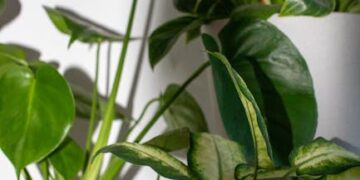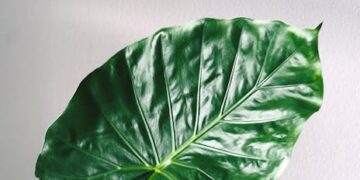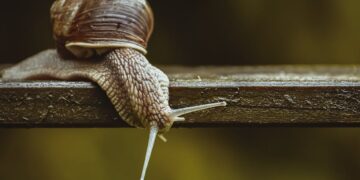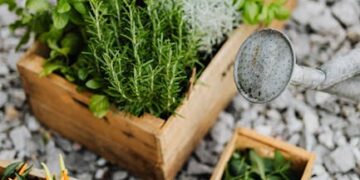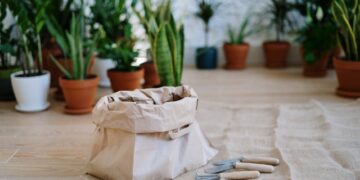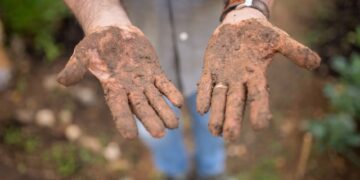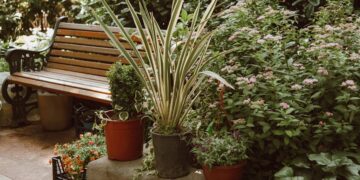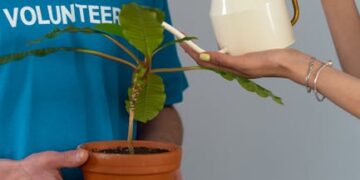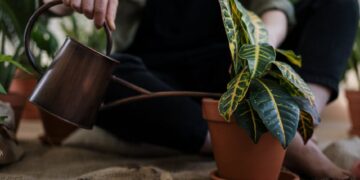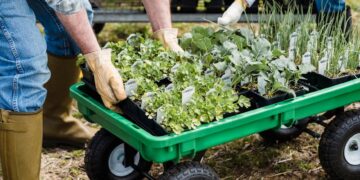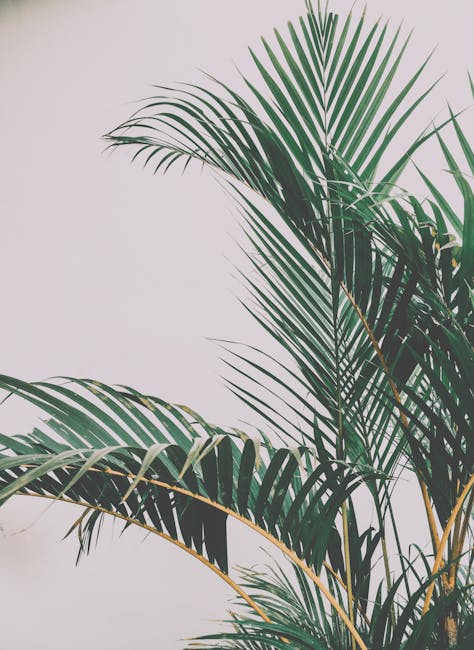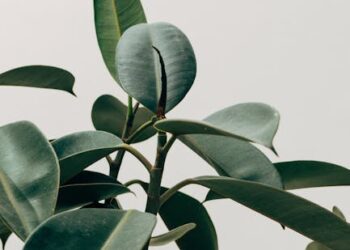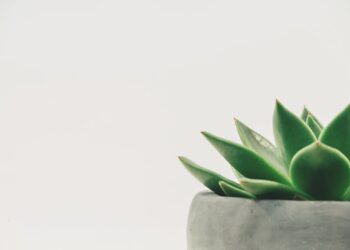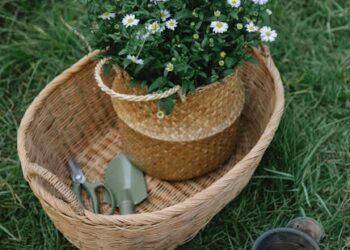Unlock the Secrets to Perfectly Watering Plants Every Time
Whether you’re a seasoned gardener or a budding plant parent, the key to happy, healthy plants often lies in mastering the art of watering. While it seems simple, watering your plants properly is an art form that requires understanding, patience, and a bit of science. In this guide, you’ll discover effective strategies and expert tips that ensure you water your plants perfectly every time, boosting their growth and maintaining their health.
Understanding Your Plants’ Water Requirements
The Importance of Knowing Your Plant
Not all plants thirst for water in the same way. Each species has unique needs influenced by their natural habitat, growth cycle, and physiological makeup. For instance, succulents and cacti thrive with minimal water, mimicking their dry, arid environments, whereas tropical plants like Monsteras or Philodendrons prefer consistent moisture reminiscent of their rainforest origins. Understanding these needs is the first step to perfect watering.
Signs of Overwatering and Underwatering
Recognizing the signs of improper watering can prevent potential plant health issues. Overwatering often manifests as yellowing leaves, wilting, and root rot, a detrimental condition caused by excessive moisture. Underwatering, on the other hand, can cause dry, brittle leaves and stunted growth. Observing your plants regularly helps you tailor your watering habits precisely to meet their needs.
Tools and Techniques for Accurate Watering
Choosing the Right Tools
To water your plants effectively, using the right tools is essential. A watering can with a long spout provides precision and control, ideal for reaching the soil directly without moistening the leaves unnecessarily, which can lead to fungal diseases. For larger or outdoor gardens, a hose with a shower nozzle attachment or a drip irrigation system might be more efficient, ensuring each plant receives an adequate amount without waste.
Watering Techniques That Work
The technique you use can make a significant difference. Water your plants in the early morning or late afternoon to minimize evaporation and allow the water to seep deeply into the soil, reaching the roots where it’s most needed. When watering, do so at the base of the plants rather than from above, to avoid wetting the foliage. This method helps in preventing leaf diseases and ensures the roots get the moisture they require.
Adjusting Watering Based on Environmental Factors
Seasonal Adjustments
Plant watering needs fluctuate with the seasons. During the warmer months, plants typically require more water due to increased evaporation and their active growth phase. Conversely, in cooler months, plant growth slows, and the water requirement decreases. Similarly, indoor plants might need more frequent watering in a heated home during the winter than they do in the summer.
Monitoring Soil and Weather Conditions
Always check the soil’s moisture before watering. You can do this by sticking your finger about an inch deep into the soil; if it’s dry, it’s time to water. Additionally, consider your local weather conditions. A rainy week may mean you can skip a few waterings, whereas a heatwave would signal the opposite. For indoor plants, the dryness of the air inside your home can also affect how often you need to water.
Maintaining a Perfect Watering Schedule
Creating a Custom Watering Calendar
While establishing a routine can be helpful, there’s no one-size-fits-all schedule for watering plants. Every environment is different, and each plant’s needs can change. Start by understanding the basic needs of each plant, then observe and adjust based on their response and environmental changes. Documenting your observations in a watering calendar can help you maintain the perfect balance over time.
Utilizing Technology for Precision
In today’s digital age, leveraging technology can enhance your watering strategy. Using soil moisture sensors, smart irrigation systems, or even mobile apps can take the guesswork out of watering. These tools can alert you when it’s time to water, ensuring your plants receive precisely the right amount of moisture at the right times.
Conclusion: Thriving Plants with Perfect Watering
Mastering the art of watering isn’t just about keeping your plants alive; it’s about helping them thrive. By understanding your plants, using the right tools and techniques, adjusting for environmental factors, and maintaining an adaptable watering schedule, you can ensure that your green friends are always hydrated and healthy. Happy gardening!

